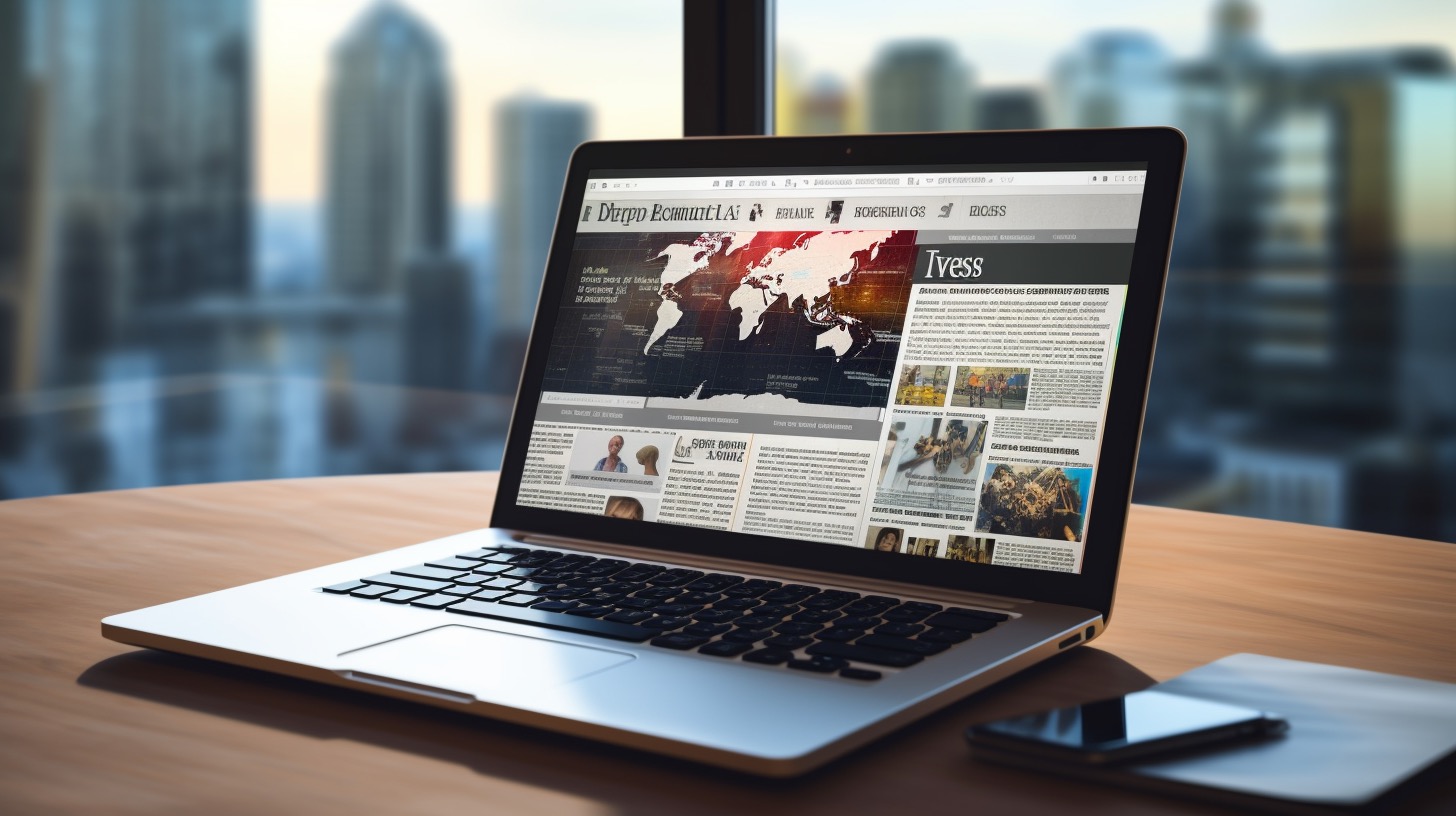Over the years, Android and iPhone devices have become increasingly similar, making it easier to switch between these platforms. However, there are still significant factors to consider before making the switch from Android to iPhone. This article presents the main differences, advantages, and disadvantages associated with such a transition.
User Interface (UI) Differences
When transitioning from Android, you will immediately notice differences in the iOS user interface. The grid layout of icons on the home screen and the absence of a “back” button may seem less intuitive compared to the flexibility and visual attractiveness offered by Android. Apple’s design philosophy focuses on simplicity and consistency.
Limited Customization
One of Android’s biggest strengths is its customization capabilities, such as downloading additional launchers, icon packs, and custom ROMs. On iPhone, customization options are more limited. iOS offers basic customization features such as wallpapers, ringtones, and widgets, but you won’t have the same level of freedom as on Android.
Integrated Ecosystem
Switching from Android to iPhone is beneficial if you are already part of the Apple ecosystem. Integration between Apple devices, such as seamless synchronization through iCloud, Handoff for increased productivity, AirDrop for quick file sharing, and HomeKit for smart home control, is one of the significant benefits of the Apple ecosystem.
Challenges in Cross-Platform Communication
Apple’s decision to limit communication options to its own platform, such as iMessage and FaceTime, can pose challenges when communicating with Android users. Using alternative chat platforms like WhatsApp or Telegram can help overcome these limitations.
Stable Performance Over Time
iPhone devices are renowned for their stable performance over time. Apple’s optimization of the iOS system and regular updates delivered simultaneously to all iPhone models contribute to this stability. Expect your iPhone to run smoothly for at least four years, if not longer.
Slower Charging Times
While iPhones offer various features, they lag behind Android devices in one aspect: charging time. Android phones like the Samsung Galaxy S23 Ultra come with fast charging options, allowing the device to be charged in less than an hour. In comparison, iPhones have slower charging speeds, requiring approximately 90 minutes for a full charge.
In conclusion, switching from Android to iPhone has its advantages and disadvantages. Before making the change, consider factors such as UI differences, limited customization options, integration with the Apple ecosystem, challenges in cross-platform communication, stable performance over time, and slower charging times. Ultimately, choose the platform that best suits your preferences and needs.
The source of the article is from the blog karacasanime.com.ve
